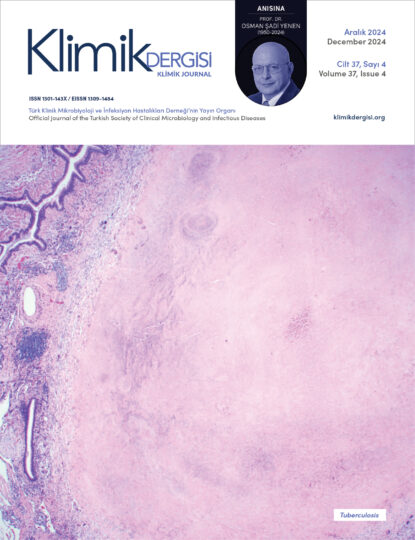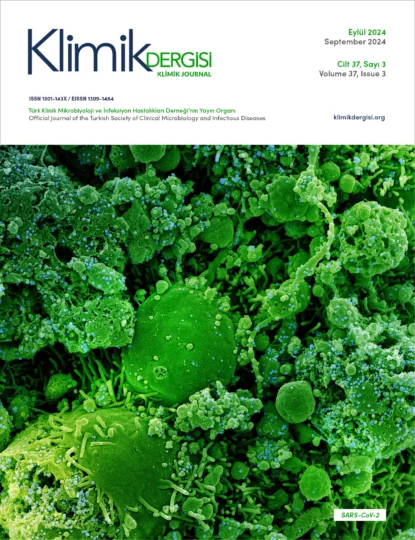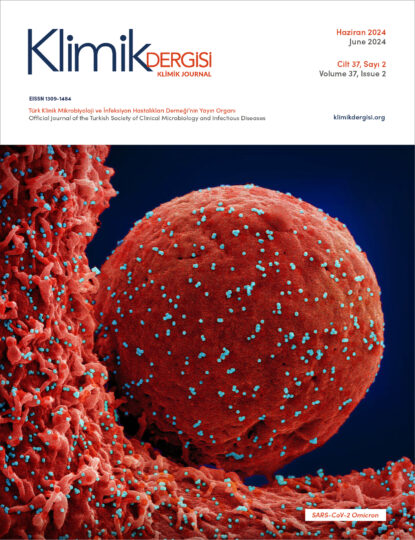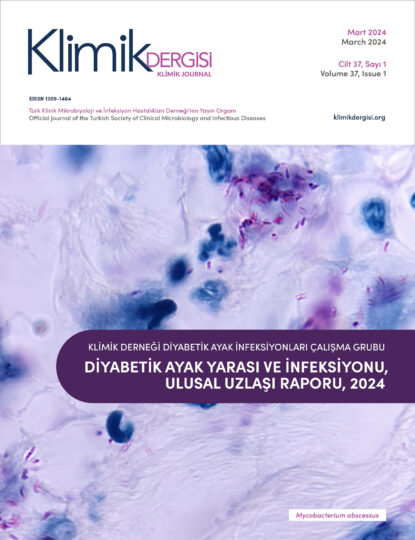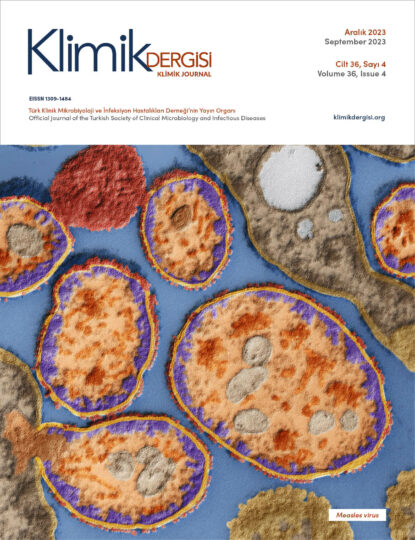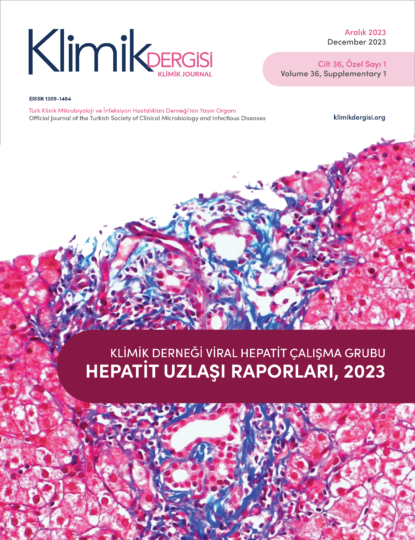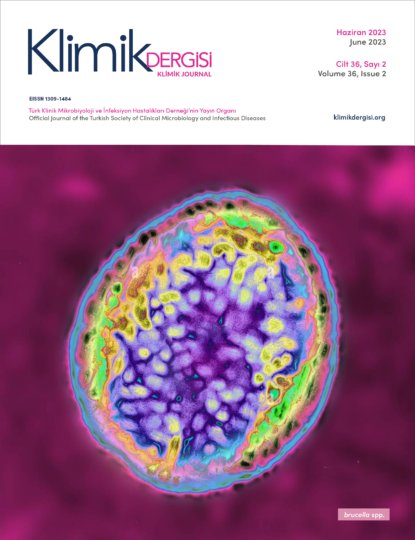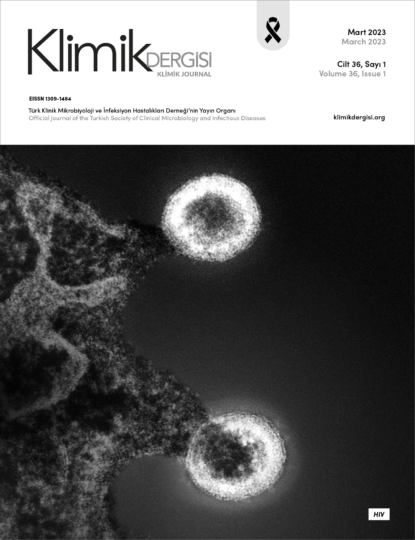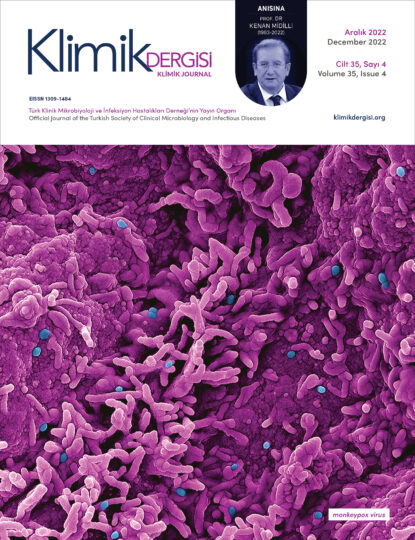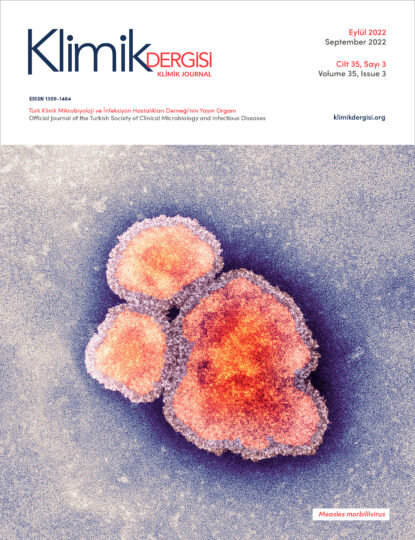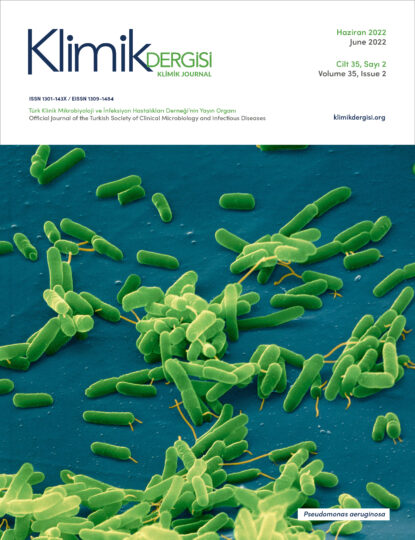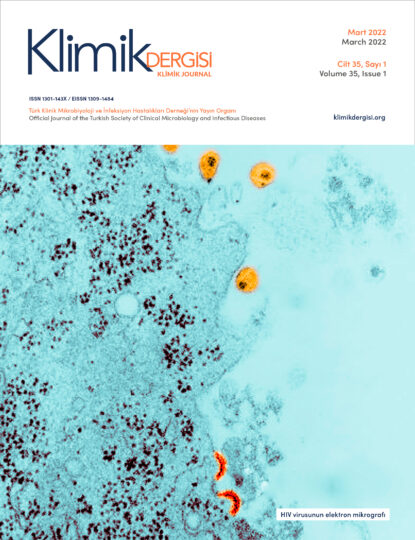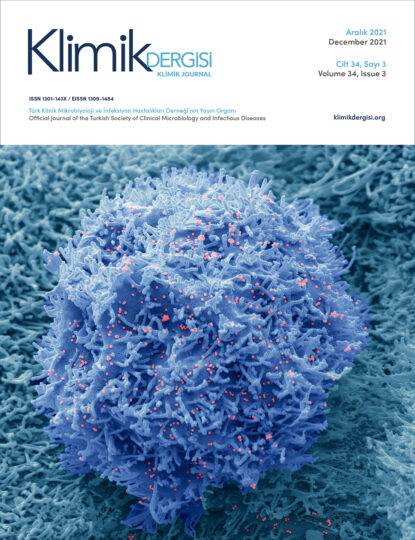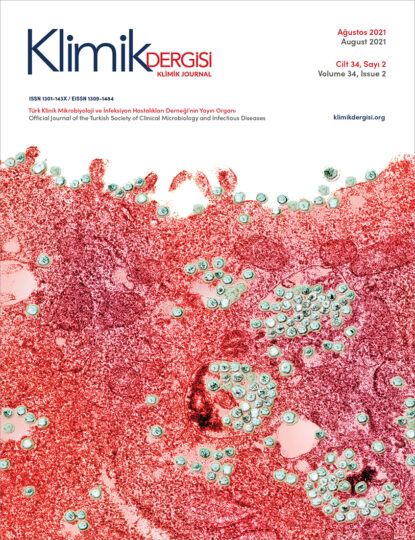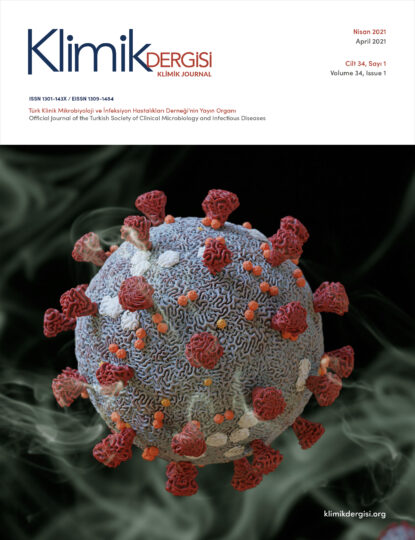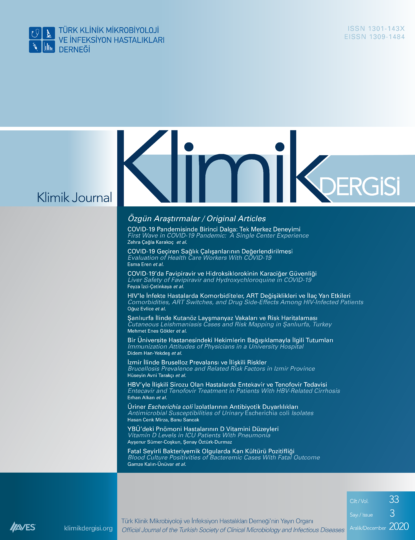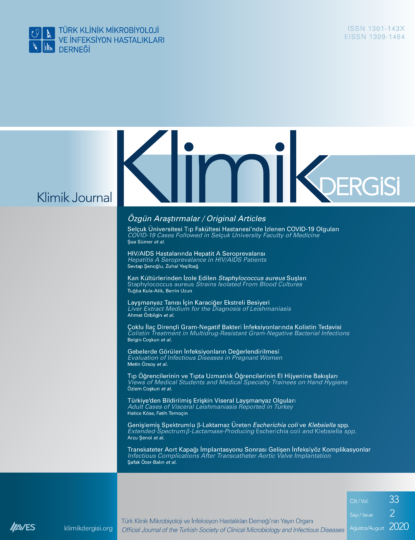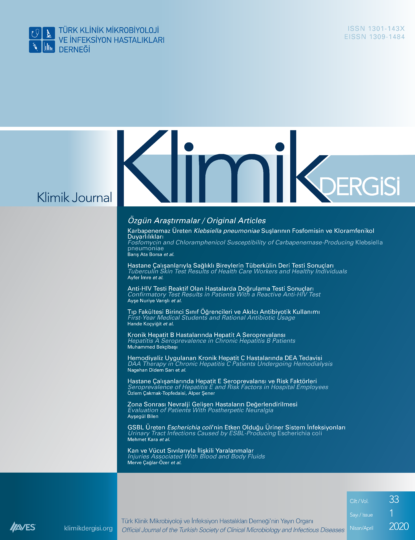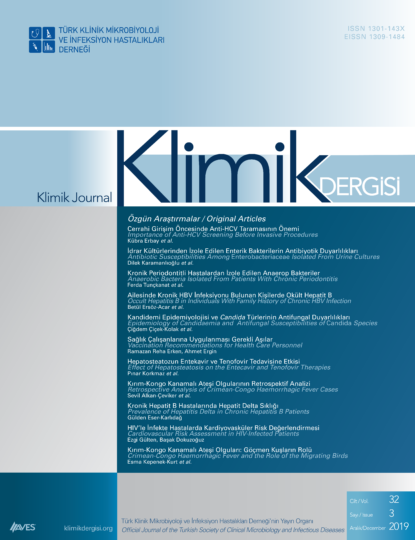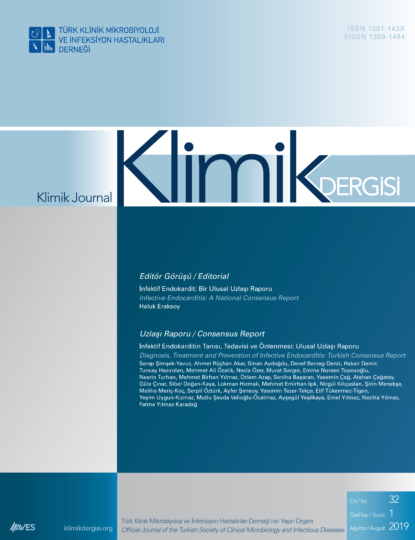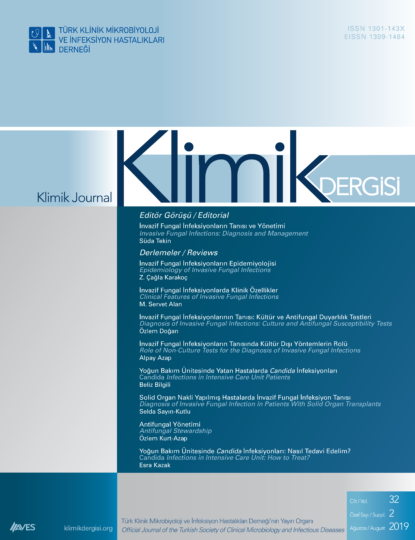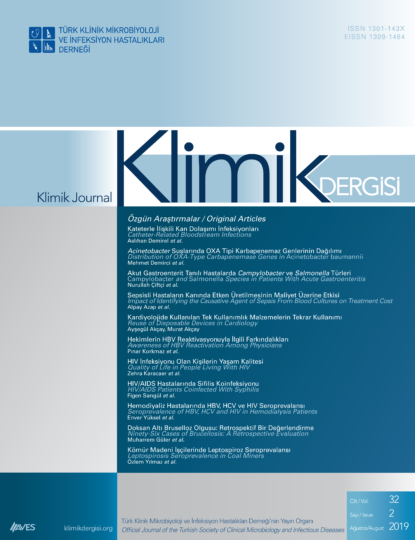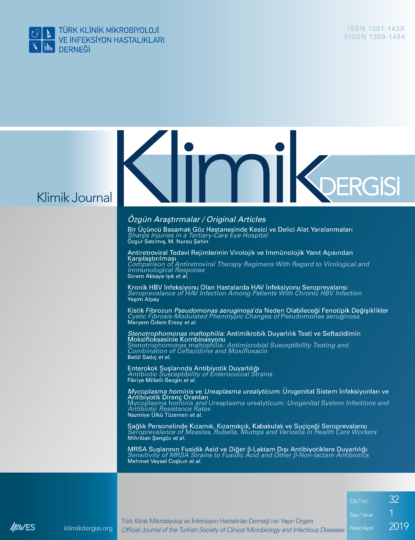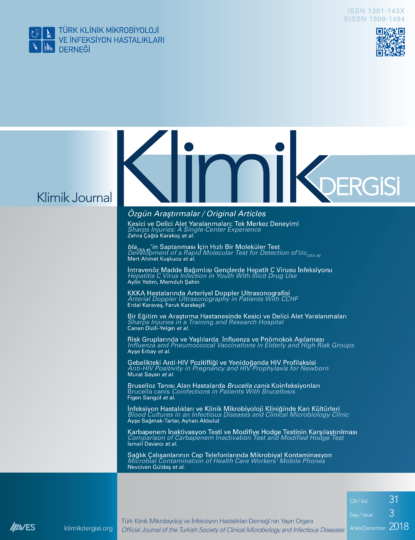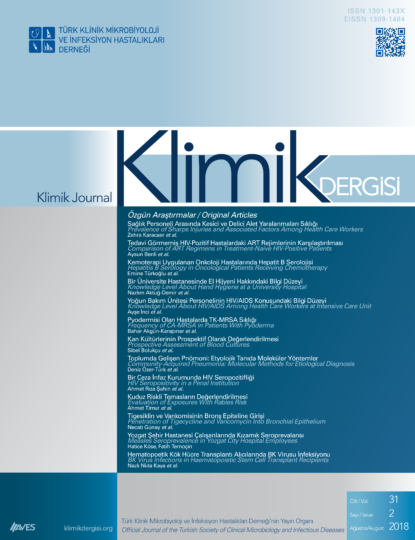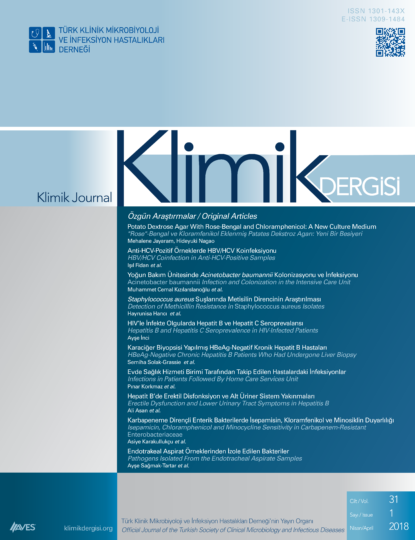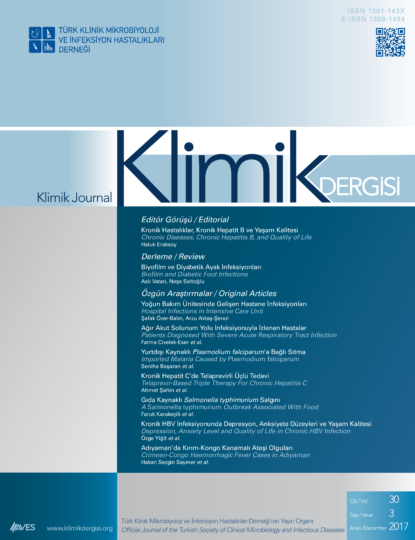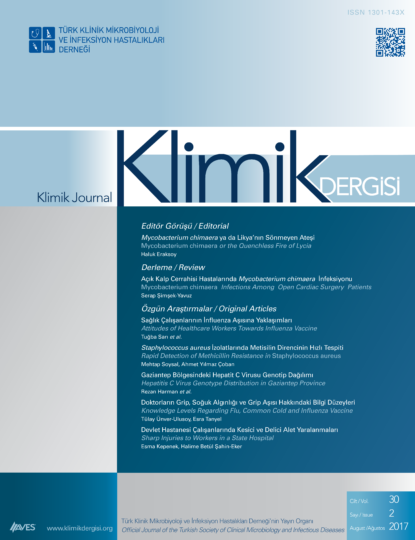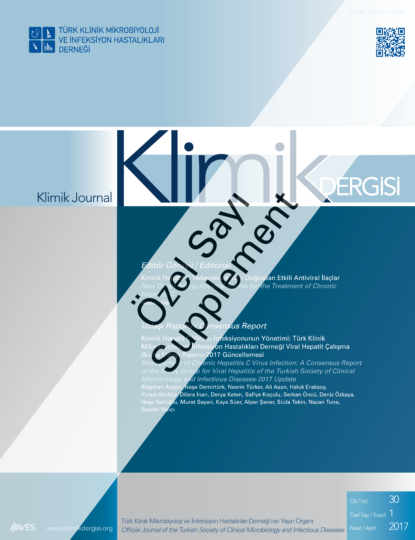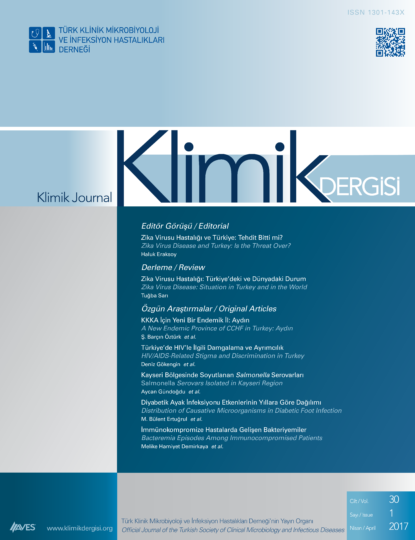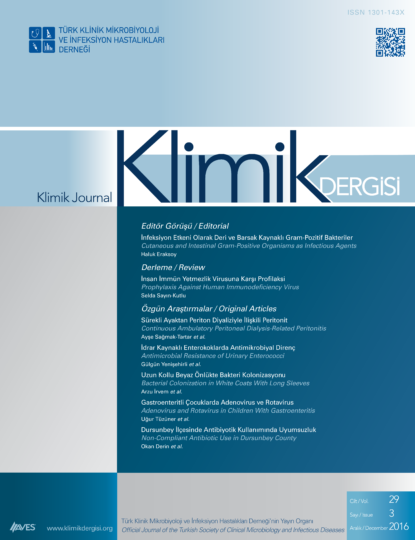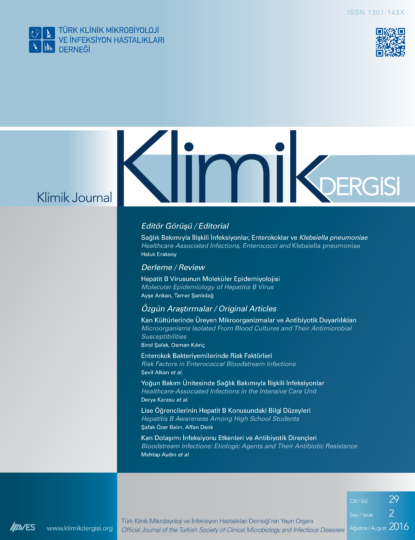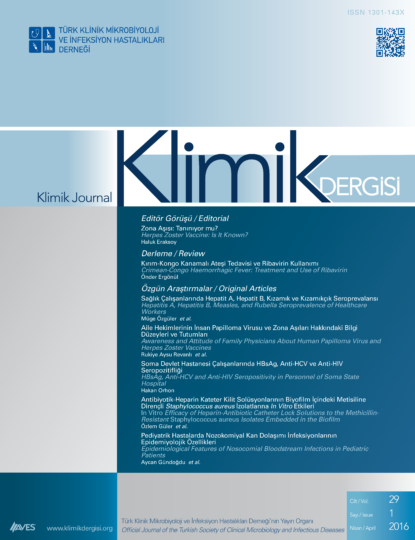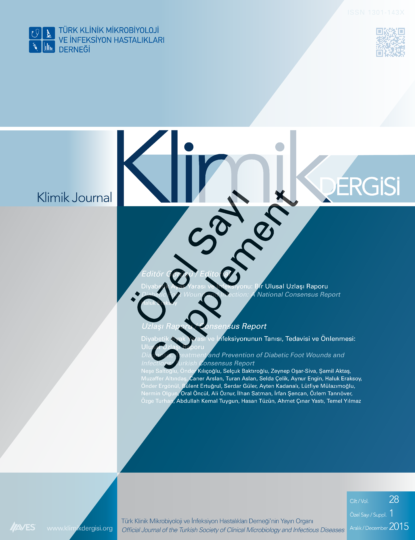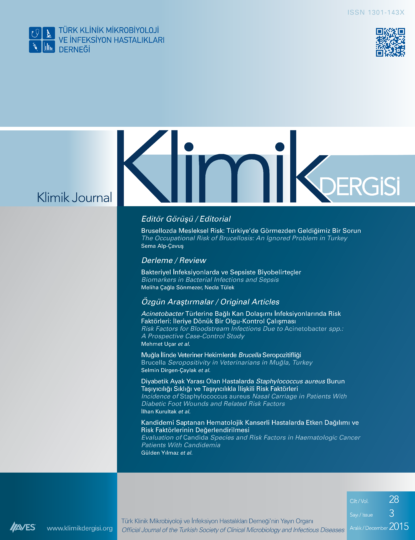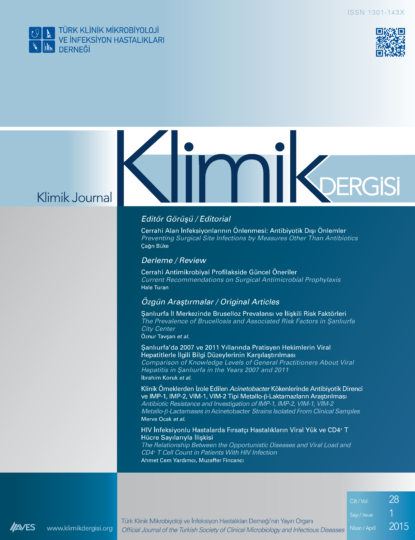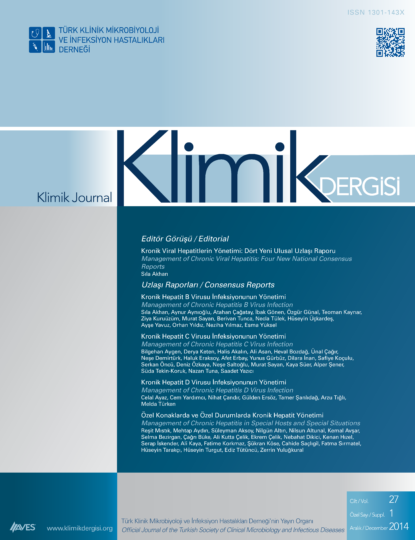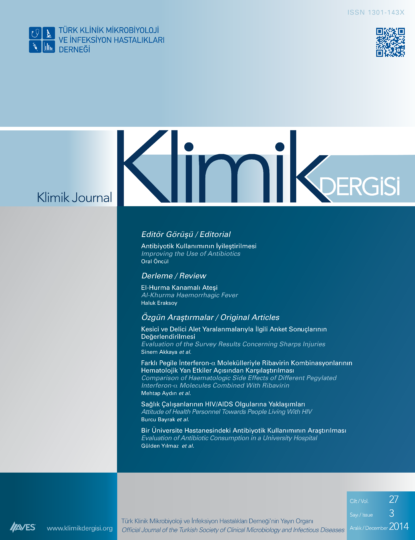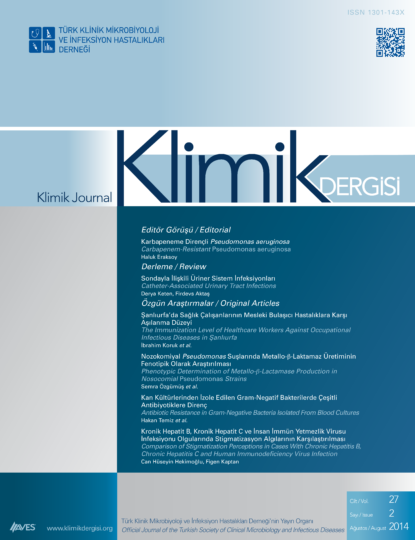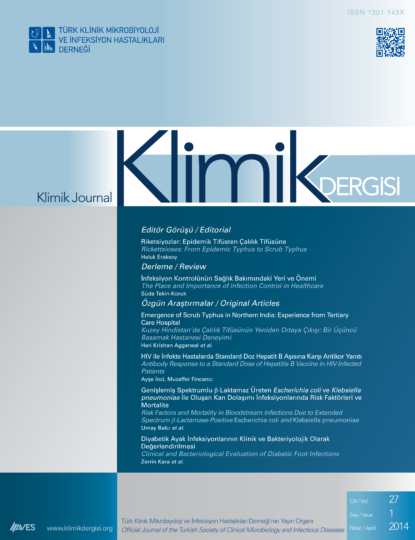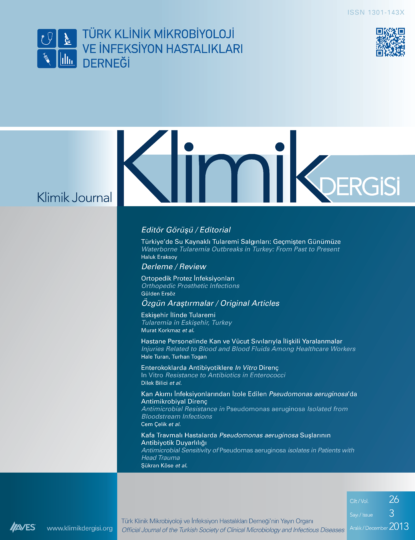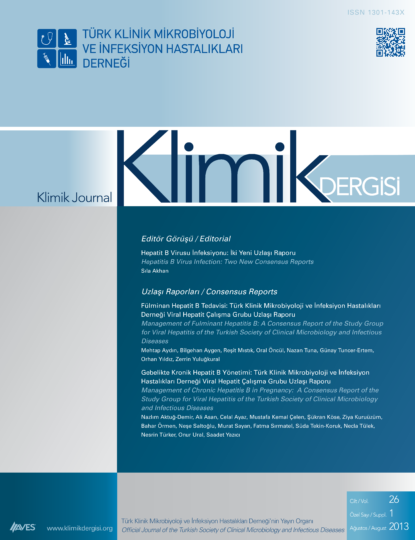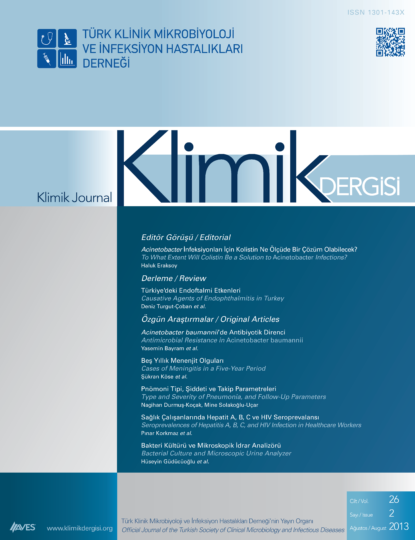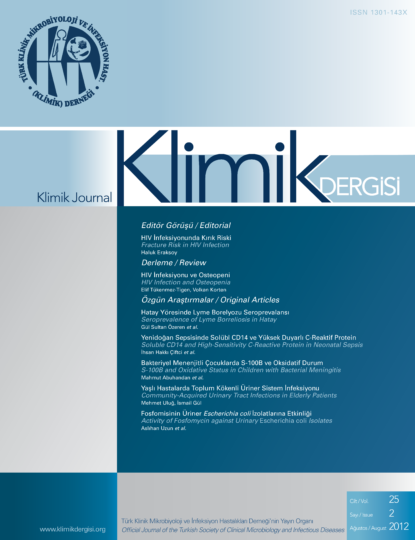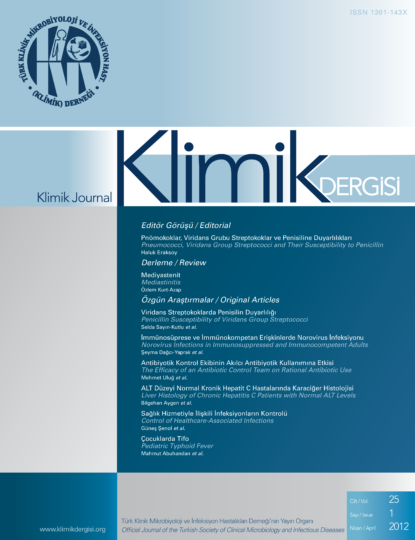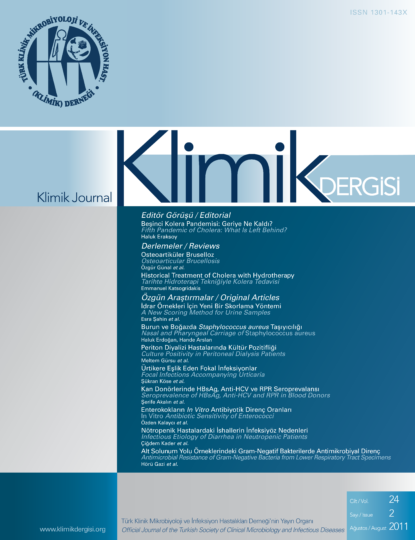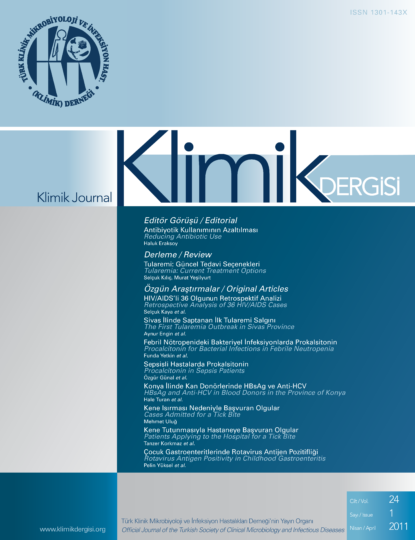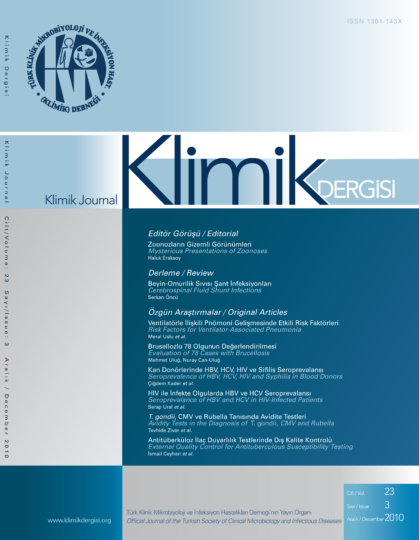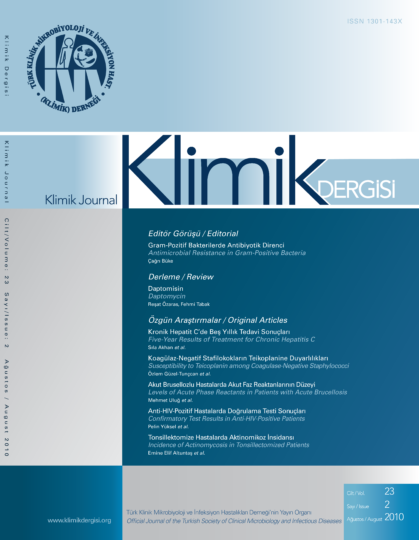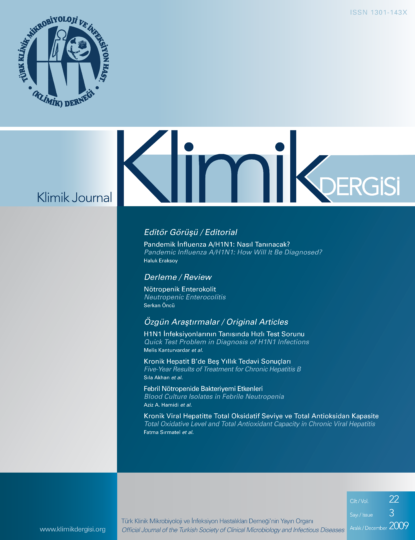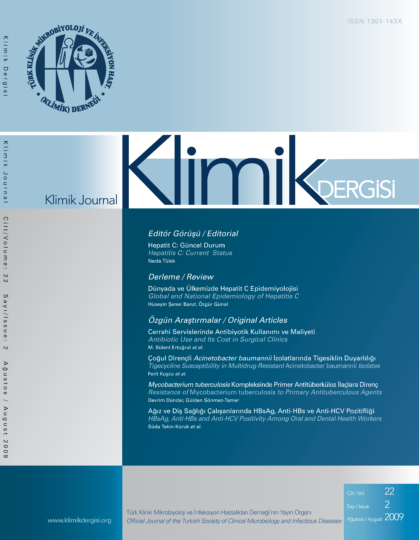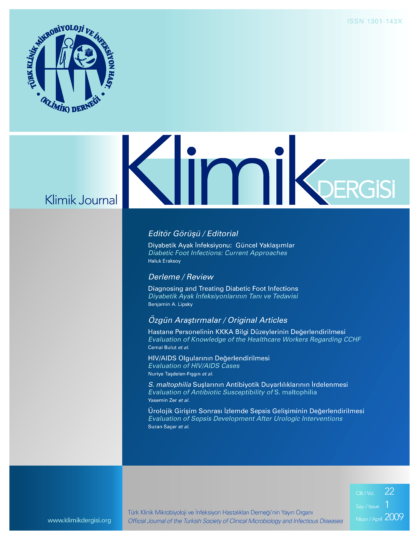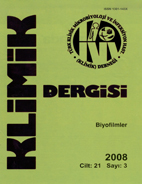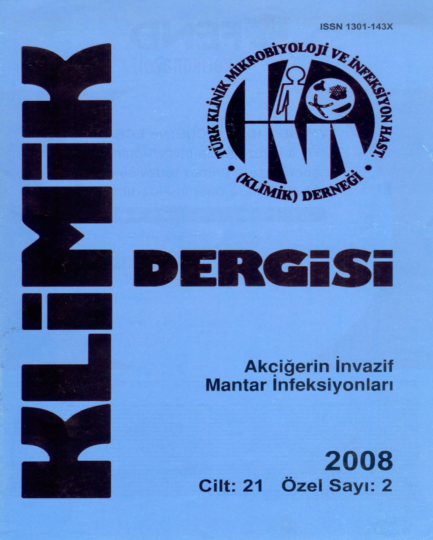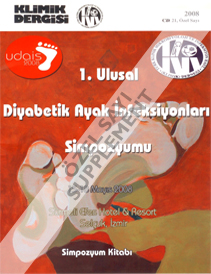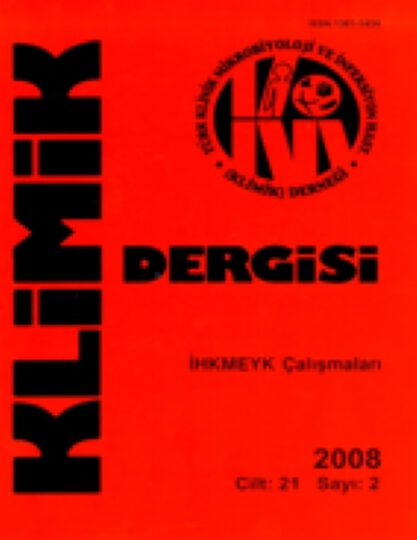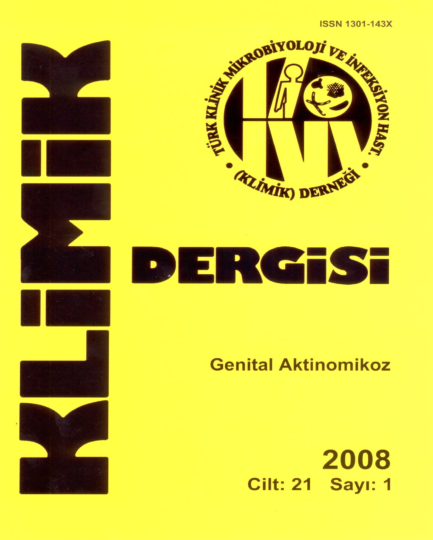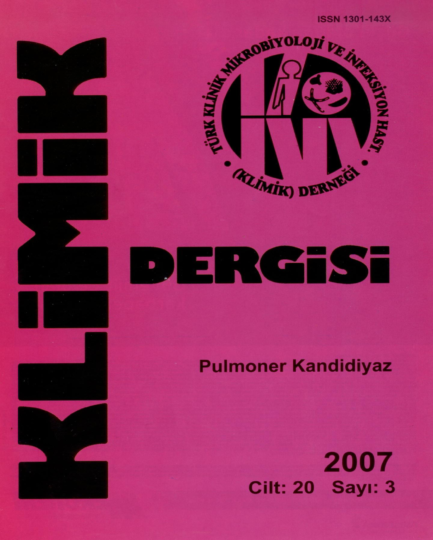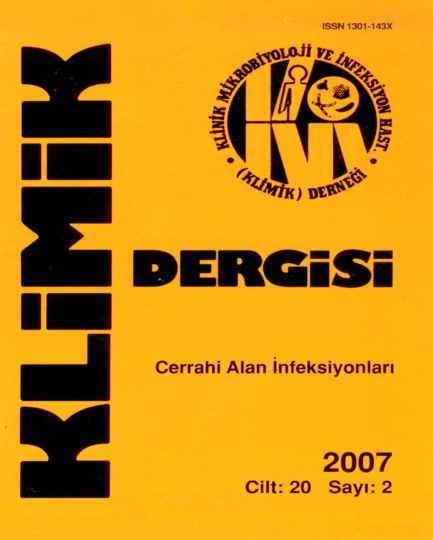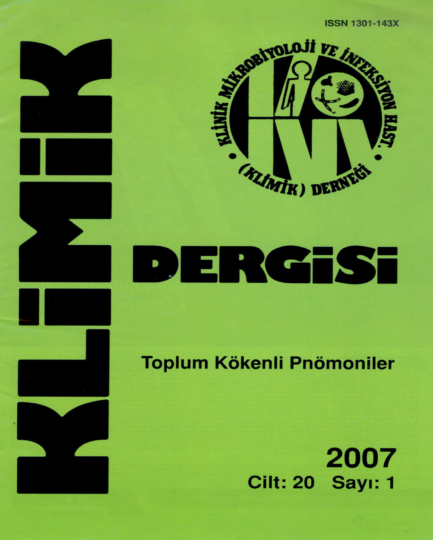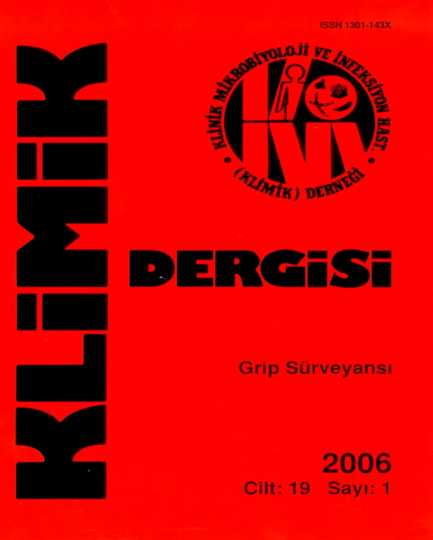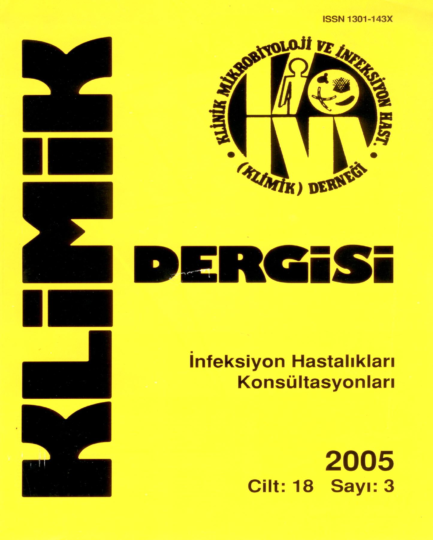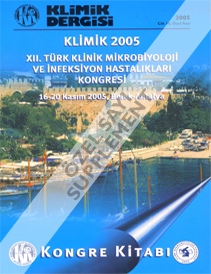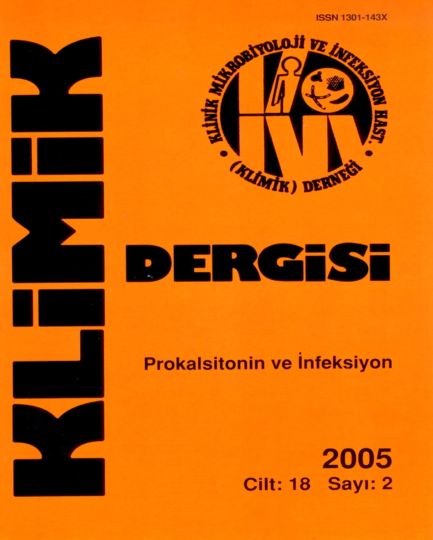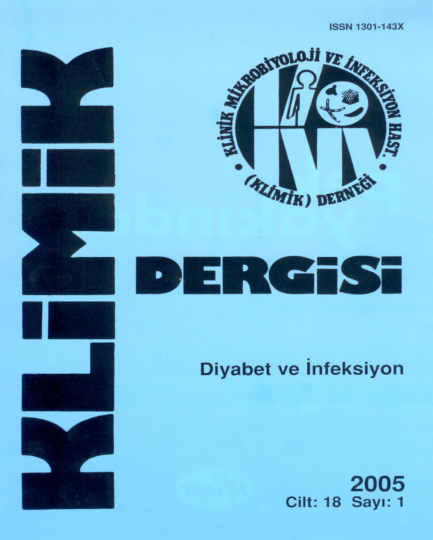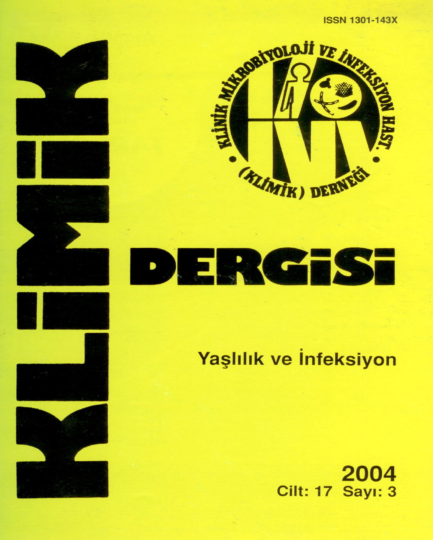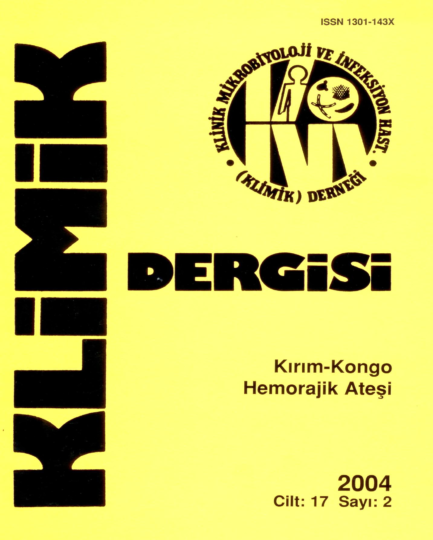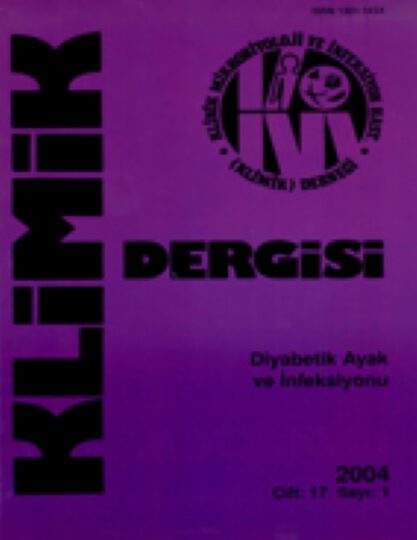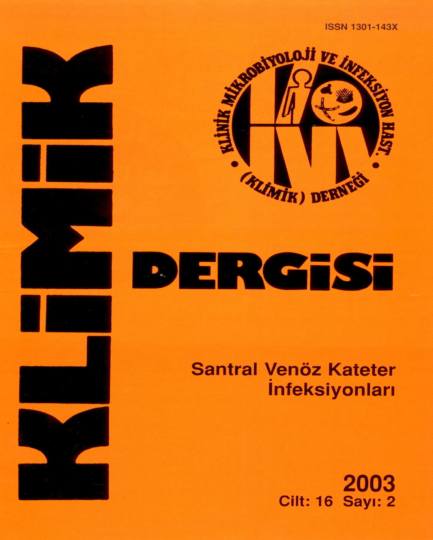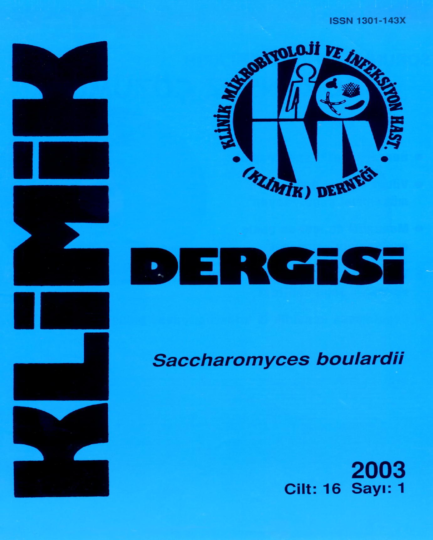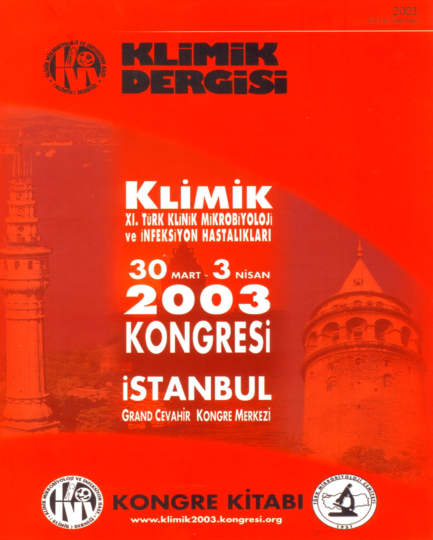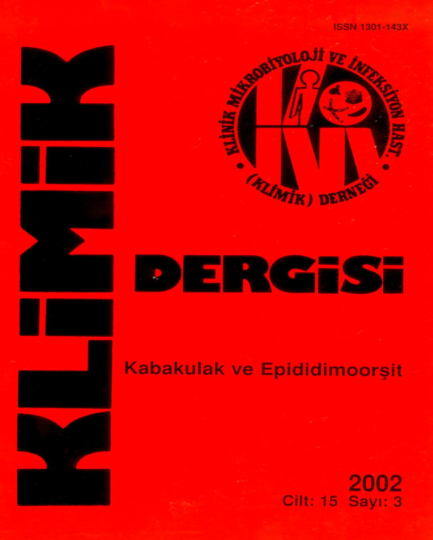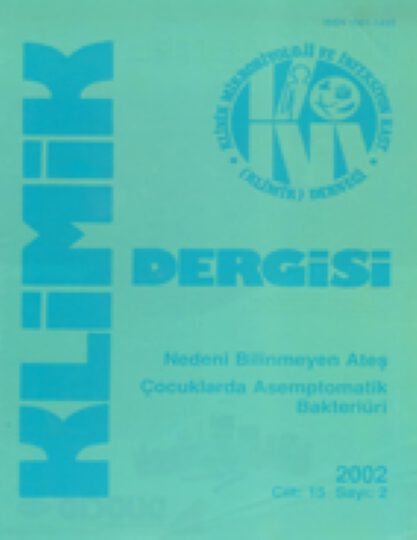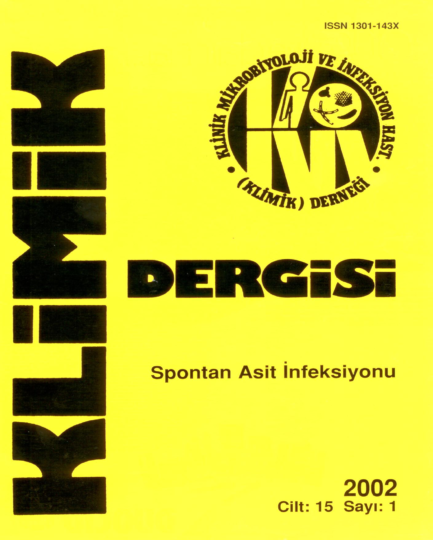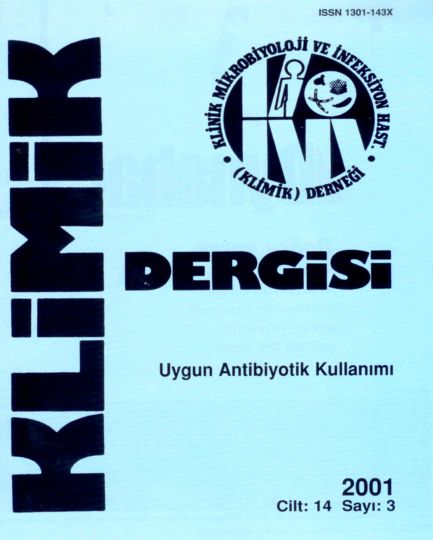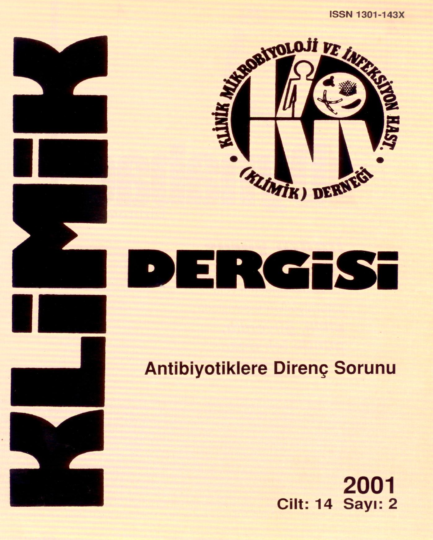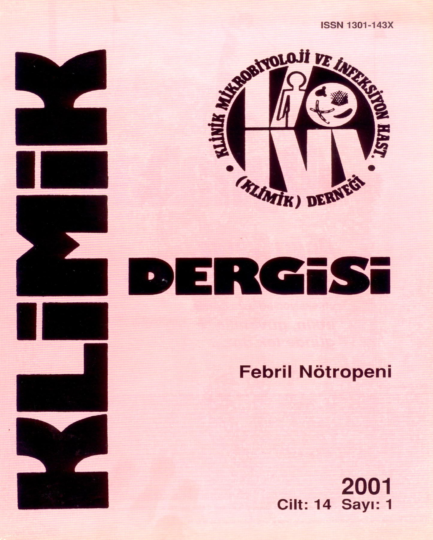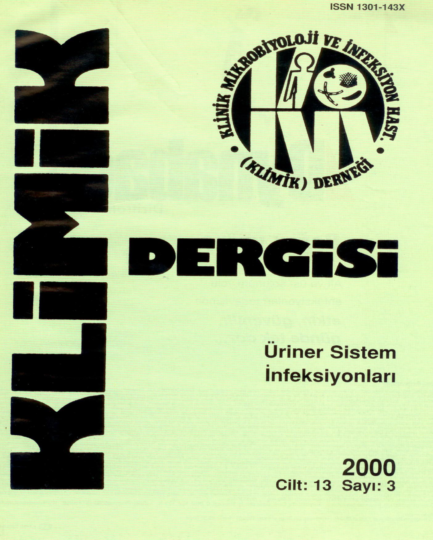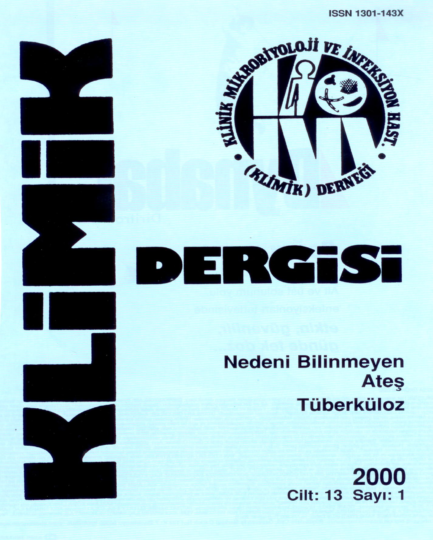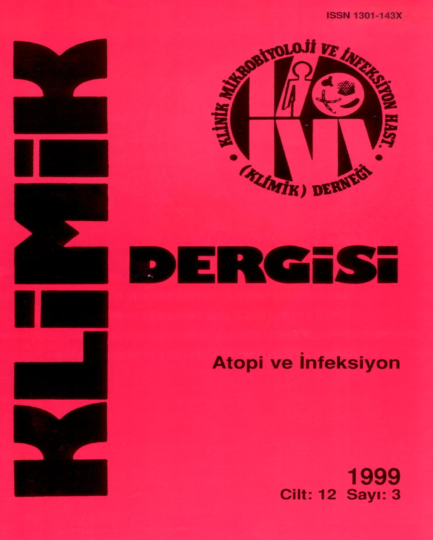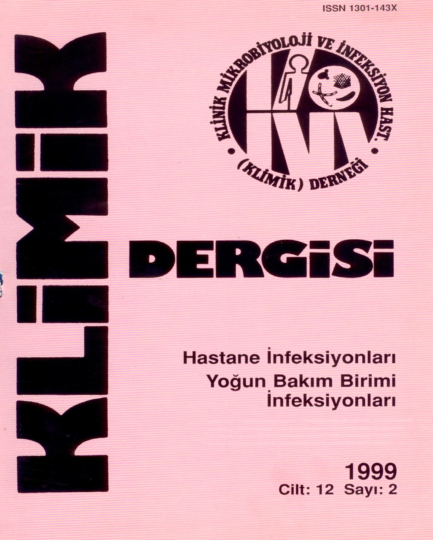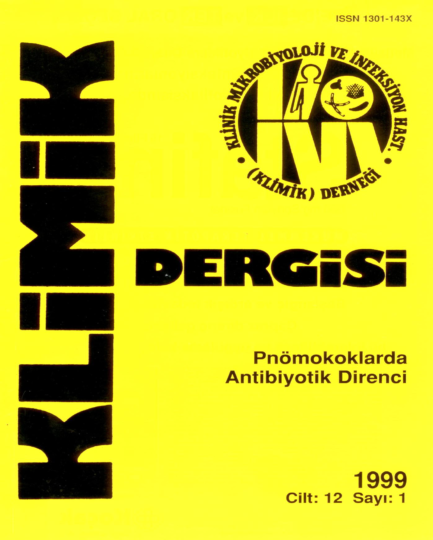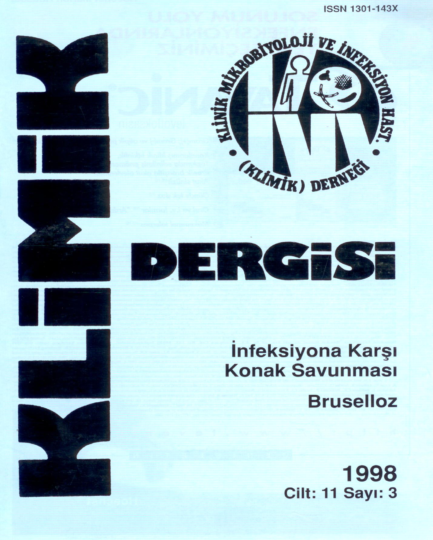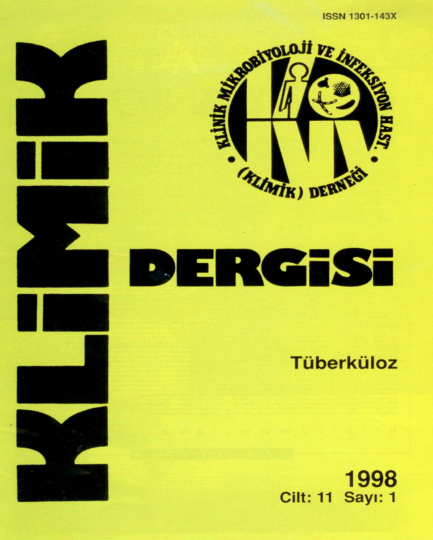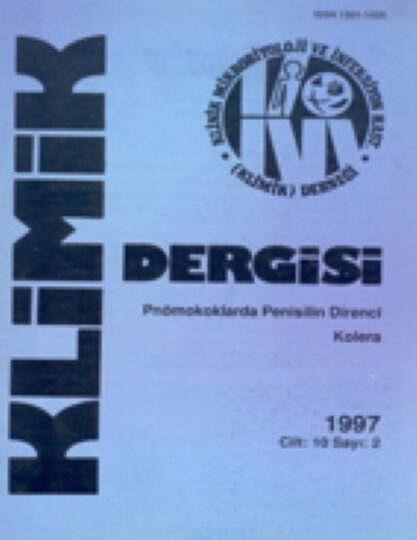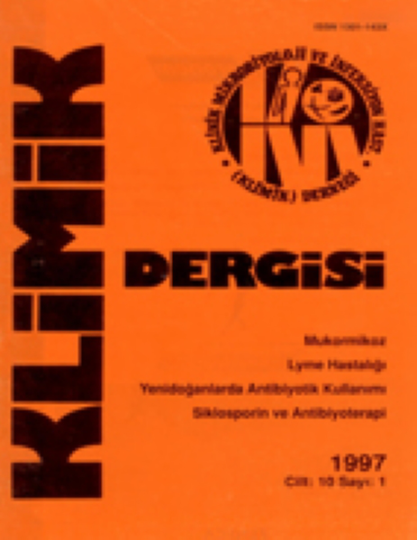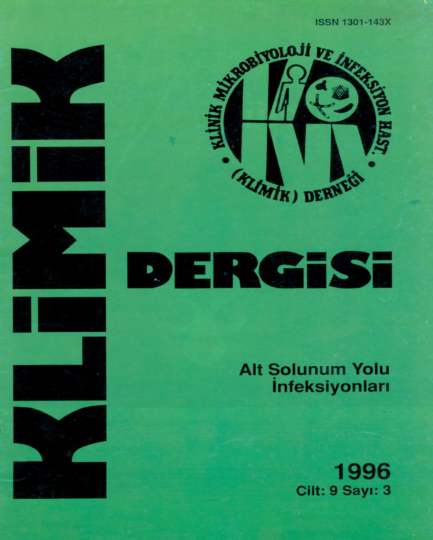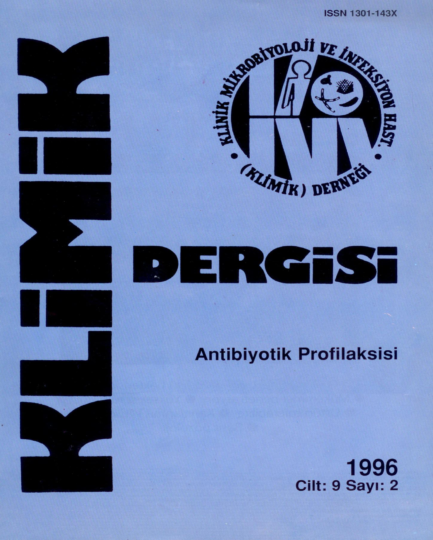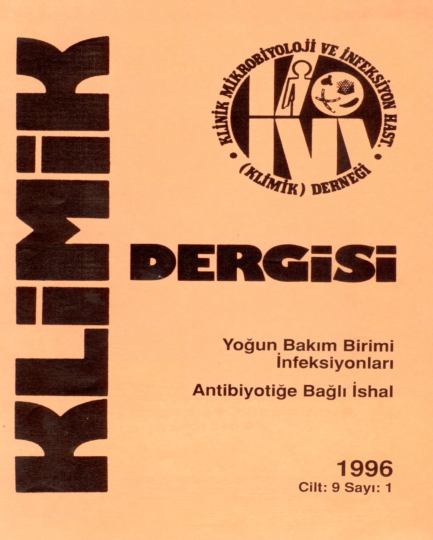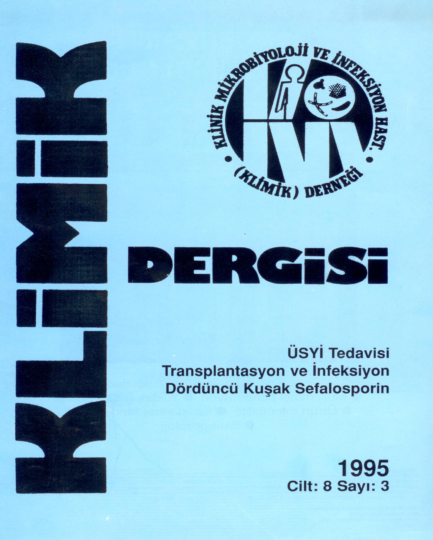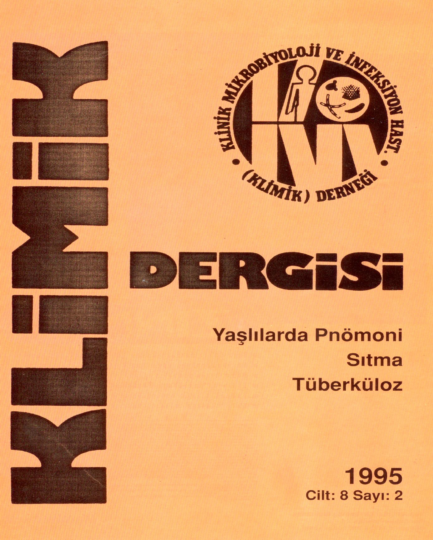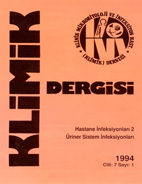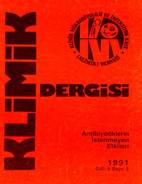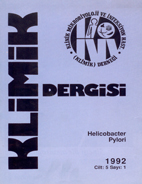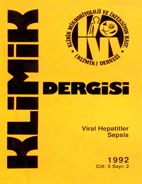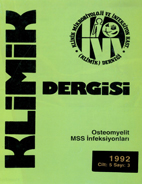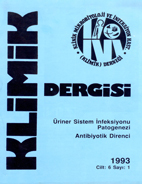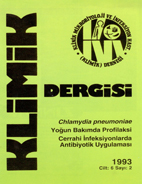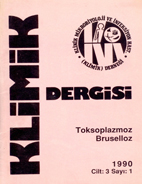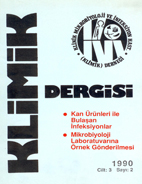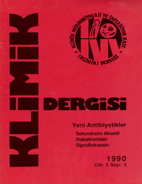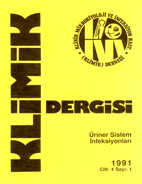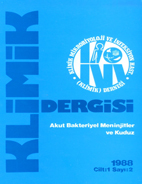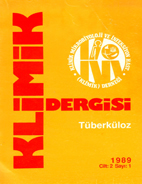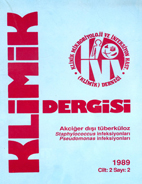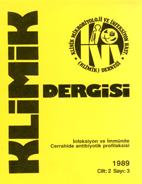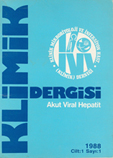Most Read
Abstract
Objective: Bacteremia caused by third-generation cephalosporin-resistant Enterobacterales (3GCRE) is frequently encountered. This study aimed to investigate the relationship between the appropriateness of empirical antibiotic therapy and patient outcomes in these cases and to identify factors associated with 30-day mortality.
Methods: The demographic and clinical data of adult patients with positive blood cultures for Enterobacterales and identified resistance to third-generation cephalosporins were retrospectively analyzed. Patients were divided into two groups based on whether they received appropriate empirical antibiotic therapy. Demographic data, clinical characteristics, and outcomes were compared between the two groups. Results were also analyzed in subgroups of community-acquired infections, hospital-acquired infections, and urinary tract infections. Additionally, factors associated with 30-day mortality were examined using logistic regression analysis in the overall population.
Results: The study included 144 adult patients. A total of 90 (62.5%) patients received appropriate empirical antibiotic therapy. The most common causes of bacteremia were urinary tract infections (32.6%) and central catheter-associated infections (21.5%). The predominant pathogens were Escherichia coli (n=98) and Klebsiella spp. (n=31). No significant association was found between empirical antibiotic therapy appropriateness and hospital length of stay, in-hospital mortality, or 14-, 30-, and 90-day mortality, both in the overall population and the subgroups. Kaplan-Meier survival analysis for the relationship between empirical antibiotic therapy appropriateness and 30-day mortality showed no significant difference between the groups. All-cause 30-day mortality occurred in 31 (21.5%) patients. Dementia and the need for vasopressor therapy were identified as independent risk factors for 30-day mortality, while initiating pathogen-directed appropriate antibiotic therapy within 48 hours was identified as a protective factor against mortality.
Conclusion: In this study, no significant relationship was found between the appropriateness of empirical antibiotic therapy and outcomes in bacteremia caused by 3GCRE. However, initiating appropriate antibiotic therapy within 48 hours was identified as a protective factor against mortality. Even if there is a delay in initiating appropriate antibiotic therapy, promptly initiating targeted treatment is crucial for survival.
References
- Al-Hasan MN, Eckel-Passow JE, Baddour LM. Impact of healthcare-associated acquisition on community-onset Gram-negative bloodstream infection: a population-based study: healthcare-associated Gram-negative BSI. Eur J Clin Microbiol Infect Dis. 2012;31(6):1163-71. [CrossRef]
- Cetin S, Dokmetas I, Hamidi AA, Bayraktar B, Gunduz A, Sevgi DY. Comparison of risk factors and outcomes in carbapenem-resistant and carbapenem-susceptible Gram-negative bacteremia. Sisli Etfal Hastan Tip Bul. 2021;55(3):398-404. [CrossRef]
- Belley A, Morrissey I, Hawser S, Kothari N, Knechtle P. Third-generation cephalosporin resistance in clinical isolates of Enterobacterales collected between 2016-2018 from USA and Europe: Genotypic analysis of β-lactamases and comparative in vitro activity of cefepime/enmetazobactam. J Glob Antimicrob Resist. 2021;25:93-101. [CrossRef]
- Temkin E, Fallach N, Almagor J, Gladstone BP, Tacconelli E, Carmeli Y; DRIVE-AB Consortium. Estimating the number of infections caused by antibiotic-resistant Escherichia coli and Klebsiella pneumoniae in 2014: A modelling study. Lancet Glob Health. 2018;6(9):e969-79. [CrossRef]
- Bezabih YM, Sabiiti W, Alamneh E, et al. The global prevalence and trend of human intestinal carriage of ESBL-producing Escherichia coli in the community. J Antimicrob Chemother. 2021;76(1):22-9. [CrossRef]
- Woerther PL, Burdet C, Chachaty E, Andremont A. Trends in human fecal carriage of extended-spectrum β-lactamases in the community: Toward the globalization of CTX-M. Clin Microbiol Rev. 2013;26(4):744-58. [CrossRef]
- Paterson DL, Bonomo RA. Extended-spectrum beta-lactamases: a clinical update. Clin Microbiol Rev. 2005;18(4):657-86. [CrossRef]
- Bush K. Past and present perspectives on β-lactamases. Antimicrob Agents Chemother. 2018;62(10):e01076-18. [CrossRef]
- Tamma PD, Heil EL, Justo JA, Mathers AJ, Satlin MJ, Bonomo RA. Infectious Diseases Society of America 2024 Guidance on the treatment of antimicrobial-resistant Gram-negative infections. Clin Infect Dis. 2024:ciae403. [CrossRef]
- Xu S, Song Z, Han F, Zhang C. Effect of appropriate empirical antimicrobial therapy on mortality of patients with Gram-negative bloodstream infections: a retrospective cohort study. BMC Infect Dis. 2023;23(1):344. [CrossRef]
- Lim CL, Spelman D. Mortality impact of empirical antimicrobial therapy in ESBL- and AmpC-producing Enterobacteriaceae bacteremia in an Australian tertiary hospital. Infect Dis Health. 2019;24(3):124-33. [CrossRef]
- Joo EJ, Park DA, Lee NR, et al. Impact of appropriateness of empiric therapy on outcomes in community-onset bacteremia by extended-spectrum-β-lactamase producing Escherichia coli and Klebisella pneumoniae definitively treated with carbapenems. Eur J Clin Microbiol Infect Dis. 2017;36(11):2093-100. [CrossRef]
- Tumbarello M, Sanguinetti M, Montuori E, et al. Predictors of mortality in patients with bloodstream infections caused by extended-spectrum-beta-lactamase-producing Enterobacteriaceae: Importance of inadequate initial antimicrobial treatment. Antimicrob Agents Chemother. 2007;51(6):1987-94. Erratum in: Antimicrob Agents Chemother. 2007;51(9):3469. [CrossRef]
- Kadri SS, Lai YL, Warner S, et al; forming the National Institutes of Health Antimicrobial Resistance Outcomes Research Initiative (NIH-ARORI). Inappropriate empirical antibiotic therapy for bloodstream infections based on discordant in-vitro susceptibilities: a retrospective cohort analysis of prevalence, predictors, and mortality risk in US hospitals. Lancet Infect Dis. 2021;21(2):241-51. [CrossRef]
- Ohnuma T, Chihara S, Costin B, et al. Association of appropriate empirical antimicrobial therapy with in-hospital mortality in patients with bloodstream infections in the US. JAMA Netw Open. 2023;6(1):e2249353. [CrossRef]
- Nasomsong W, Changpradub D, Vasikasin V. Impact of inappropriate empirical antibiotic on outcomes in community-acquired third generation cephalosporin resistant Enterobacterales bacteremia. Infect Chemother. 2022;54(4):722-32. [CrossRef]
- Kang CI, Wi YM, Ko KS, et al. Outcomes and risk factors for mortality in community-onset bacteremia caused by extended-spectrum beta-lactamase-producing Escherichia coli, with a special emphasis on antimicrobial therapy. Scand J Infect Dis. 2013;45(7):519-25. [CrossRef]
- Dökmetaş İ, Hamidi AA, Bulut ME, Çetin S, Öncül A, Uzun N. Clinical effect of discordance in empirical treatment of cases with urinary tract infection accompanied by bacteremia. Turk J Urol. 2017;43(4):543-8. [CrossRef]
- Frakking FN, Rottier WC, Dorigo-Zetsma JW, et al. Appropriateness of empirical treatment and outcome in bacteremia caused by extended-spectrum-β-lactamase-producing bacteria. Antimicrob Agents Chemother. 2013;57(7):3092-9. [CrossRef]
- Anderson DJ, Engemann JJ, Harrell LJ, Carmeli Y, Reller LB, Kaye KS. Predictors of mortality in patients with bloodstream infection due to ceftazidime-resistant Klebsiella pneumoniae. Antimicrob Agents Chemother. 2006;50(5):1715-20. [CrossRef]
- Lodise TP, Zhao Q, Fahrbach K, Gillard PJ, Martin A. A systematic review of the association between delayed appropriate therapy and mortality among patients hospitalized with infections due to Klebsiella pneumoniae or Escherichia coli: How long is too long? BMC Infect Dis. 2018;18(1):625. [CrossRef]
- Chapelet G, Boureau AS, Dylis A, et al. Association between dementia and reduced walking ability and 30-day mortality in patients with extended-spectrum beta-lactamase-producing Escherichia coli bacteremia. Eur J Clin Microbiol Infect Dis. 2017;36(12):2417-22. [CrossRef]
- Maia MO, da Silveira CDG, Gomes M, et al. Multidrug-resistant bacteria on critically Ill patients with sepsis at hospital admission: risk factors and effects on hospital mortality. Infect Drug Resist. 2023;16:1693-704. [CrossRef]
- Rodríguez OL, Sousa A, Pérez-Rodríguez MT, et al. Mortality-related factors in patients with OXA-48 carbapenemase-producing Klebsiella pneumoniae bacteremia. Medicine (Baltimore). 2021;100(14):e24880. [CrossRef]
- Benetazzo L, Delannoy PY, Houard M, et al. Combination therapy with aminoglycoside in bacteremiasdue to ESBL-producing Enterobacteriaceae in ICU. Antibiotics (Basel). 2020;9(11):777. [CrossRef]
- Zohar I, Schwartz O, Yossepowitch O, David SSB, Maor Y. Aminoglycoside versus carbapenem or piperacillin/tazobactam treatment for bloodstream infections of urinary source caused by Gram-negative ESBL-producing Enterobacteriaceae. J Antimicrob Chemother. 2020;75(2):458-65. [CrossRef]
- Palacios-Baena ZR, Gutiérrez-Gutiérrez B, De Cueto M, et al; REIPI/ESGBIS/INCREMENT Group. Development and validation of the INCREMENT-ESBL predictive score for mortality in patients with bloodstream infections due to extended-spectrum-β-lactamase-producing Enterobacteriaceae. J Antimicrob Chemother. 2017;72(3):906-13. [CrossRef]

